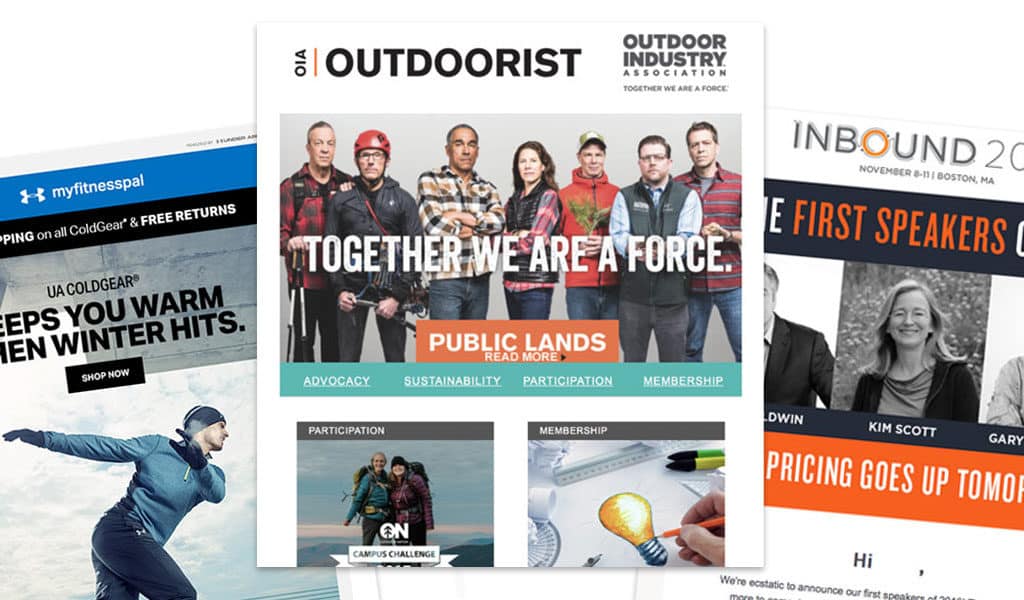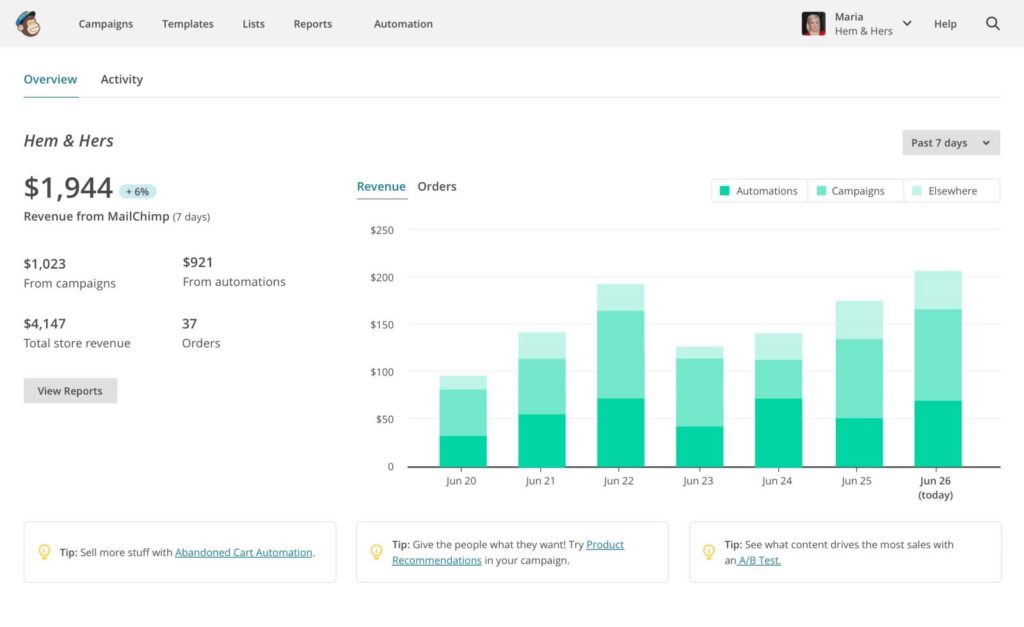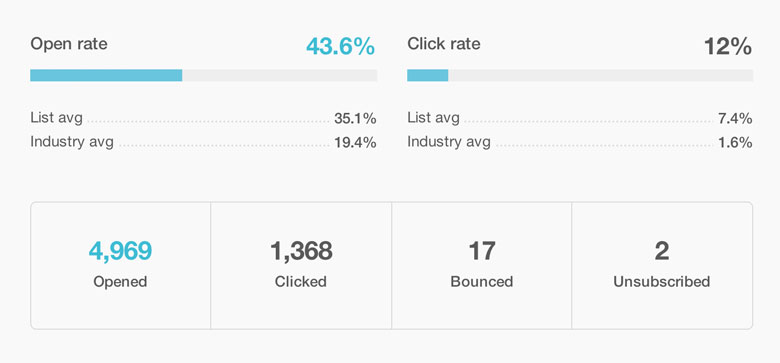Do you send out emails for your business only to receive little engagement, slow customer growth, as well as no real increase in leads generated? Below are some tips, techniques, and things to consider when designing your emails that will make your campaigns more successful!
Whether it’s building trust, generating sales by getting more people to your store, or creating value for your consumer & driving more traffic to your website, a successful email campaign can do that (and more). In today’s landscape, it’s easier than ever to reach a wider audience, automate parts of the process, and measure the results & effectiveness of your campaigns.
What to Consider When Designing an Email
Before you begin designing an email, there are several things to consider. The following are some of the factors to consider about your email campaign:
- What information needs to go into the email?
- What will the structure of the content be in the email?
- What type of layout will work best for this email?
The major variables to think about are:
- The purpose of your email: Why are you sending out this email? Is there an action you want your customer to take?
- Event promotion (ex: register for a fishing tournament)
- Product announcements (ex: new boat design, upcoming reels, apparel clearance, etc.)
- Drive traffic to your website (ex: read recent articles, new team members, etc.)
- Purely information (ex: fishing industry news, holiday hours, etc.)
- The audience of your email: Who is going to read this email? Who are you targeting? Customers or event attendees? Knowing where you customers are in the buying cycle is crucial!
- Cold prospects – these folks may not have heard of your company before or heard the name, but don’t know what you offer.
- Warm prospects – these customers have heard of your company and may have even made a previous purchase.
- Ready for a sale – these are the people that have added items to a shopping cart, made a previous purchase, or contacted you directly.
- The content of your email: With the purpose and audience of your email dialed in, what content should populate your email?
With all three of these figured out, you can decide how the email will be structured and laid out.
Some Email Design Basics
There are some basic and universal concepts that will better ensure that recipients of your email get the most out of them as well as increase the likelihood that they’ll open them and engage. Here are a few:
- Brand your emails
- Make sure your company name is in the “From” or “Sender” name line
- Personalize the subject line
- Plan for missing/broken images and make certain that your email is formatted to look good as plain text.
- Keep multiple email clients and mobile users in mind.
- Use safe, universal fonts.
- Make links easily distinguishable (this especially applies to Calls to Action).
Consider These Layout Designs
As discussed earlier, the design of your email depends on the purpose, audience, and content of the email. At this point, you will be able to figure out what design will best suit your email to optimize engagement between you and your audience. Here are a few examples of designs for varying situations:
- Product Announcement
- Event Announcement
- Product Sales
- Blog Recap or Recurring Newsletter
- Sales Promotion
- Website or email list welcome
Automating and Measuring Success
After you’ve done all that and come up with a design for your email, you have some options for sending it out. Email services allow you to create, import/export and edit mailing lists for you to send your emails. They allow you to template your designs, helping you expedite the process. They also allow you to quickly get specific emails out to your different target audiences or lists.
For example, if you sell fishing performance apparel and you want your email to target women who shop for your gear and that are signed up to receive emails from you, you can send a specific email to just those people who fit that demographic.
Conversely, if you’re a boat manufacturer that wants to get the word out about the upcoming fishing tournament you’re hosting, you could send a personalized email invite to all the boat owners signed up for your email list to register for the event.
With email marketing automation you can also schedule the email to be sent to the intended audience on a specific date and reach several different audiences simultaneously with a single email, but that will have to wait for a later blog article…
Gauging the success of any given email is simple. Did the person that opened the email take the action you intended them to take? Did the email lead someone to buy an item in your store? Did it enable them to register for your event? Did it give them enough value to motivate them to head to your website and hire you for your services?
Each mail service has reporting tools that enable you to track how many people have opened your email and see what action they have taken. You can see trends in your campaigns over time and compare campaigns (depending on which service you use). With the reporting tools available you can see if your “How to Tie a Blood Knot“ article led more readers to your site, or if your email showcasing new reels got customers to your online store.
Designing Your Way to Success
Designing great emails comes down to two things: knowing your email’s purpose and target audience. Combining that knowledge to tailor your email structure, copy, and imagery will empower the reader to take the action you designed for them to take.
Once you have your email designed, taking that into a marketing automation solution and letting that do the grunt work of getting the emails out to your list/audience is the next appropriate step. This way, you can let your marketing automation solution handle the tracking and reporting of the data. Then you can assess the progress of your email campaign through analyzing open and click rates.
With this process, you can take your emails and design them in a way that will get you better traction and positioning, and allow you to quantify your efforts.
Still have questions? We can help.
If you want to learn more about email design and marketing (or if you’d like some help with it), we’d love to hear from you!


